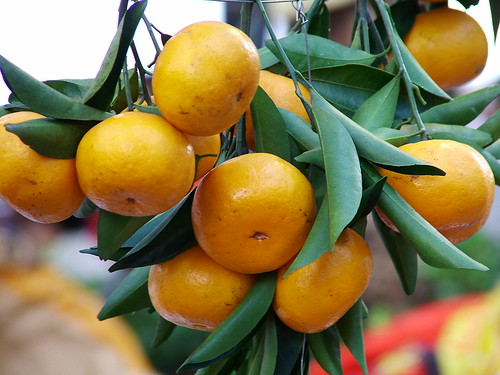
Grafting is the practice of taking the upper plant of a plant and attaching it to the root system of another plant in order to be grown as a single specimen. It is a common horticultural practice. This technique calls for creating a wound in the root system, called a rootstock, and then attaching the upper part, or scion, of the plant you are looking to propagate. Successful grafting requires skill and knowledge of which plants and rootstocks are compatible. If it is done properly, grafting can have several advantages over growing plants from cuttings or seeds.
The Purpose of Grafting
Video of the Day
The practice of plant grafting is ancient; it goes back at least 4,000 years. There are several reasons you may consider grafting a plant. One reason is that the tree or plant you are trying to propagate does not form roots well when planted from cuttings. In this case, grafting gives you a greater chance of successfully cultivating that plant. Grafting is also used to create dwarf versions of fruit trees and flowering trees that may otherwise be too big for home gardens.
Video of the Day
Grafting may also be necessary if the plant you are trying to propagate does not come true from seed, as this method produces a plant that is essentially a copy of the parent plant. For example, the seed of a McIntosh apple will not yield a McIntosh apple tree. Rather, this type of tree can only be obtained via grafting.
Advantages of Grafting
In addition to being a necessity in some cases, grafting trees and other plants can have several advantages. For example, you can improve the winter hardiness of a plant or a plant's resistance to pests and diseases by grafting it onto a rootstock that has these characteristics. Grafting can also be a way to replace a tree with a different cultivar without having to go through the process of replanting it.
In the case of fruit trees and nut trees, which can take many years to produce a crop when they are grown from seeds or from cuttings, grafting speeds up the growth rate. That means the tree takes less time to become fruitful.
Plant Grafting Considerations
In order for grafting to be successful, the rootstock and the scion must be closely related. Grafting will fail if you try to mix and match plants that belong to different plant families,. Timing is also important when it comes to grafting fruit trees, as weather conditions must be right in order for the grafting to be successful. Grafting often takes place when both the rootstock and scion are dormant, which is usually in the winter and in the early spring.
Grafting also requires extensive understanding of plant compatibility and knowledge of and experience with various techniques, such as creating wounds in the rootstock and attaching the plants to form a strong union. It is therefore usually done by experienced horticulturalists. It is also an expensive process that can fail if it is not done properly.